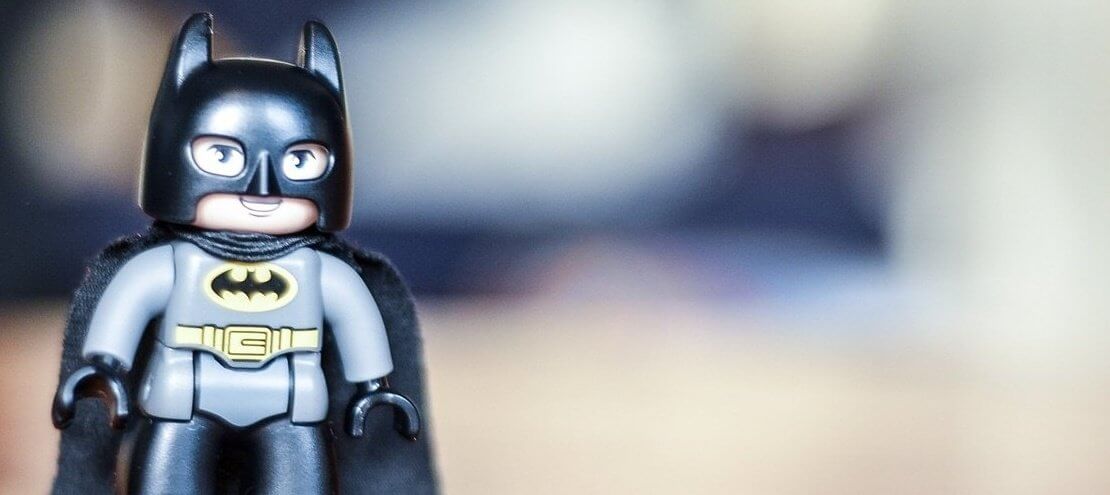
It’s a few minutes past 8 p.m. on a chilly San Antonio night. I arrive back in my hotel room near the River Walk, exhausted from another day on the DistribuTECH floor. Needing to relax, I flip open my laptop to find a movie I can stream and fall asleep to.
Scrolling through my queue, I come across The Dark Knight. Ah, yes. The tour de force of a middle act in Christopher Nolan’s classic trilogy. I hit play, lie in my bed and begin watching.
Maybe it’s because I have all of the companies at DistribuTECH on my mind, but I quickly notice a bit of an analogy between what has happened since The Dark Knight was released in 2008 and the utility and energy industries.
Bear with me here. Batman represents distributed energy resources – a new player on the scene that completely upends the status quo in Gotham. The utility industry represents the organized crime syndicate desperate to stop Batman from sending their business into a death spiral. And most importantly, the Joker represents all of these new, innovative, companies spread across the DistribuTECH exhibit floor, created to staunch the bleeding inflicted by Batman…I mean DERs.
I don’t want to take this analogy too far. Utilities and DER developers certainly aren’t dispatching wonton violence in the streets of Gotham, and as far as I saw, nobody on the DistribuTECH floor was dressed as a psychotic clown.
But…in The Dark Knight – and in Batman lore more generally – the relationship between Batman and The Joker is the heart and soul of the franchise. They cannot exist without each other. The Joker explicitly tells Batman this in The Dark Knight. Although he was unleashed to defeat Batman and maintain the status quo for the criminal elements in Gotham, The Joker quickly understands that he needs Batman – that he completes him.
This is a key lesson from the exhibit floor at DistribuTECH. Attending DistribuTECH in 2008, around the time The Dark Knight was released, attendees would have been bombarded by new hardware, primarily smart meters. But today, innovation and value creation come in the form of software. Company after company could be found offering new products to utilities that did not exist five years ago. All aspects of the utility value chain now have options that leverage data analytics, artificial intelligence, machine learning, new GIS platforms, DER management systems, AMIs and more.
Implied in these new solutions is the idea that they can augment a utility industry that is in the middle of an existential crisis while the proliferation of DERs continues unabated. In a business environment where fixed costs are rising and new customers are non-existent, the most forward-thinking utilities are looking for ways to extract more value from their current base of ratepayers. The software solutions on display by these new, disruptive companies at DistribuTECH can do that to a certain degree. But unlike many utility executives clinging to a 20th century business model, the founders of these start-ups understand that they can exist only in unison with DERs. The proliferation of DERs facilitated the need for new and innovative ways to adjust the utility business model. Some utility executives are taking that to heart and are positioning their companies for success going forward. Others are clinging to a status quo that is no longer viable as DERs continue their dramatic rise.
Scrappy utility-services innovators and the corporate giants they serve are stuck together in the industry’s march to the future. After DTECH 2018, it’s clearer than ever – the companies that make the best of this inextricable link will succeed while those that continue to resist will fade into obscurity.
As the Joker tells Batman, “There’s no going back. You’ve changed things. Forever.”